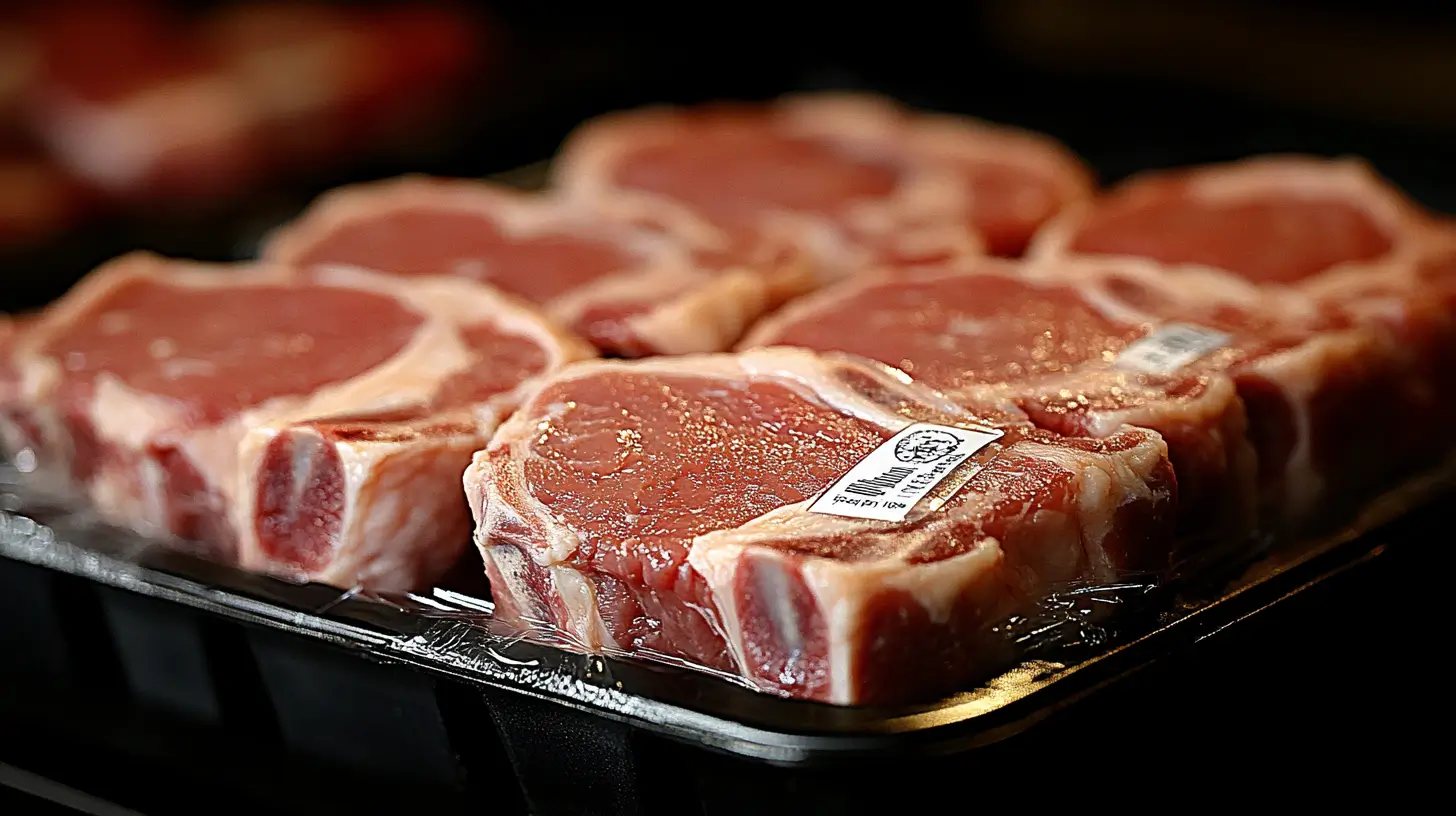- Home
- Labels and Certifications
- What’s the Difference Between Natural and Organic Pork?
What’s the Difference Between Natural and Organic Pork?
How to differentiate between natural and organic pork? Learn the key standards, benefits, and labels for healthier choices.

Understanding Nature vs. Organic Pork
Imagine you're strolling through the meat aisle at your local grocery store, feeling slightly overwhelmed by the plethora of labels on pork products. Terms like ‘natural’ and ‘organic’ catch your eye, but what do they really mean, and how do they affect what ends up on your dinner plate? Whether you’re a seasoned chef or a curious newbie, understanding these labels is crucial to making informed choices about the food you cook and serve.
I’ve gone through the same confusion, staring blankly at the labels and wondering how a simple choice could impact culinary outcomes and health. Today, let’s clear that up. We’re diving deep into the world of pork labeling to uncover the true meaning behind ‘natural’ and ‘organic’ pork. Not only will this knowledge spice up your grocery shopping experience, but it will also help you make better decisions that align with your culinary goals and dietary preferences.
Natural Pork Demystified
First up is ‘natural’ pork. It sounds wholesome, doesn't it? According to the USDA, for pork to be labeled as ‘natural,’ it must contain no artificial ingredients or added colors and be only minimally processed. The minimal processing means that the product was processed in a manner that does not fundamentally alter the product. Here's what to remember:
- Minimal additives: Expect no added growth hormones*, artificial flavors, or synthetic preservatives.
- Bare essentials: The focus is on preserving the natural aspects of the pork without changing its form.
*It's important to note that federal regulations prohibit the use of hormones in raising pigs, so the hormone-free label applies to all pork products.
Organic Pork Explained
Moving a step further, let's talk about organic pork. This label is not just about the end product but also about the journey from farm to table. Organic farming practices to raise pigs must adhere to strict government standards set by the USDA National Organic Program. These standards cover a range of practices that are better for both the animals and the environment:
- Organic feed: Pigs are fed 100% organic feed that is free from synthetic fertilizers or pesticides.
- No antibiotics: Organic pigs are raised without the use of antibiotics. Sick animals must be treated, but they cannot be sold as organic if antibiotics are used.
- Access to outdoors: Organic livestock must have access to the outdoors, which allows for natural behaviors and better quality of life.
- Regulated living conditions: These ensure the overall well-being of the pigs, focusing on practices that support their natural behavior and health.
Which Should You Choose?
So, now you’re armed with the facts, but which type of pork should you add to your cart? The decision depends on what’s important to you. If avoiding additives and enjoying meat as close to its natural state as possible is your priority, ‘natural’ pork is a great choice. However, if you are passionate about animal welfare, environmental sustainability, and avoiding antibiotics, ‘organic’ pork aligns better with your values.
Personally, after delving deep into what these labels mean, I've become more conscious of my choices. For my family, I opt for organic pork because it aligns with our eco-friendly lifestyle, and honestly, I do feel that it tastes better. It might be the placebo effect of eating something I believe is better for me, or maybe it's just the happiness of supporting sustainable practices.
Final Thoughts and Tips for Buying Pork
Choosing between natural and organic pork is just one aspect of shopping smarter. Here are a couple of quick tips to keep in mind the next time you're eyeing the pork section:
- Check the labels carefully: Beyond ‘natural’ and ‘organic,’ look out for other terms like ‘pasture-raised,’ ‘grass-fed,’ and ‘no antibiotics ever’ to gather more about the pork’s quality and life.
- Ask questions: Don't hesitate to ask your butcher for more information on the pork's sourcing and processing. It’s a great way to feel more connected to your food and its origins.
Making informed choices about the pork you consume isn’t just good for your health; it’s beneficial for the environment and supports ethical farming practices. Hopefully, this guide has shed some light on what those pork labels mean and helps you make choices that you feel good about.
Remember, every small decision counts and contributes to wider changes. Whether you choose natural or organic, you’re already taking a step towards being a more conscious consumer. Embrace that, and don’t forget to enjoy every bite!



